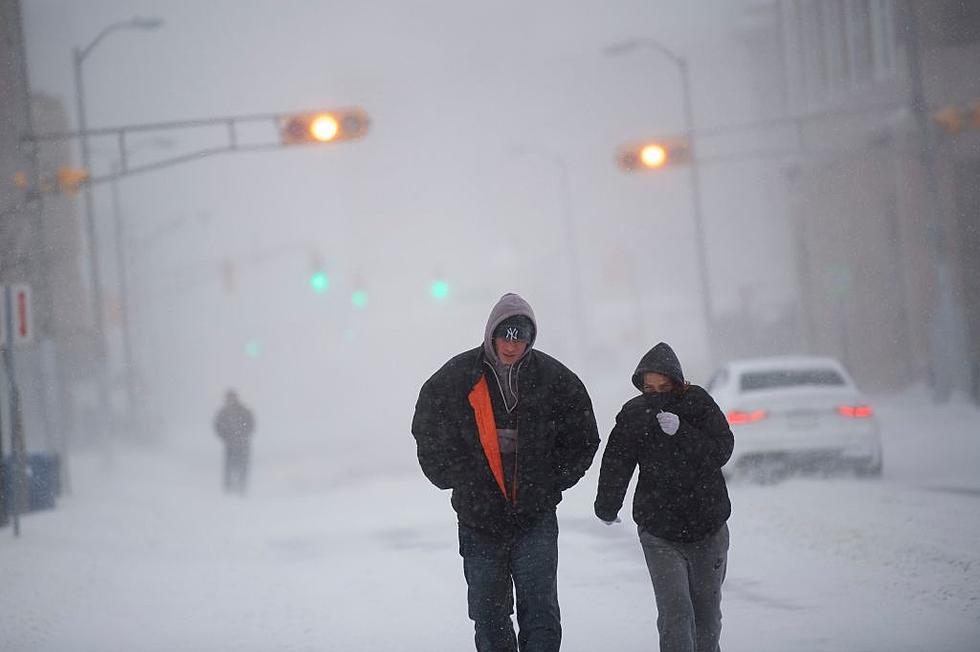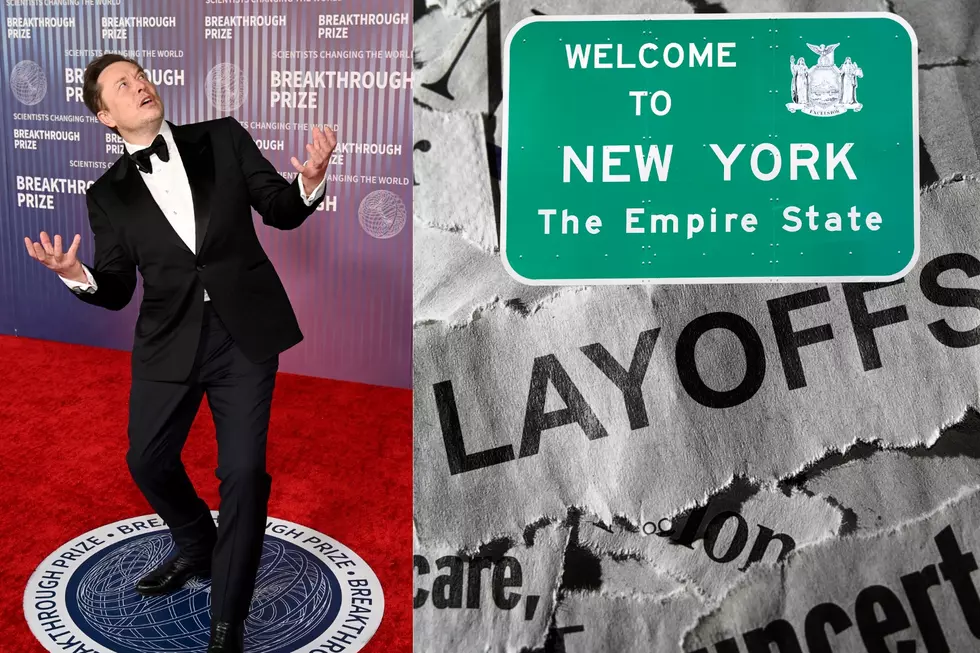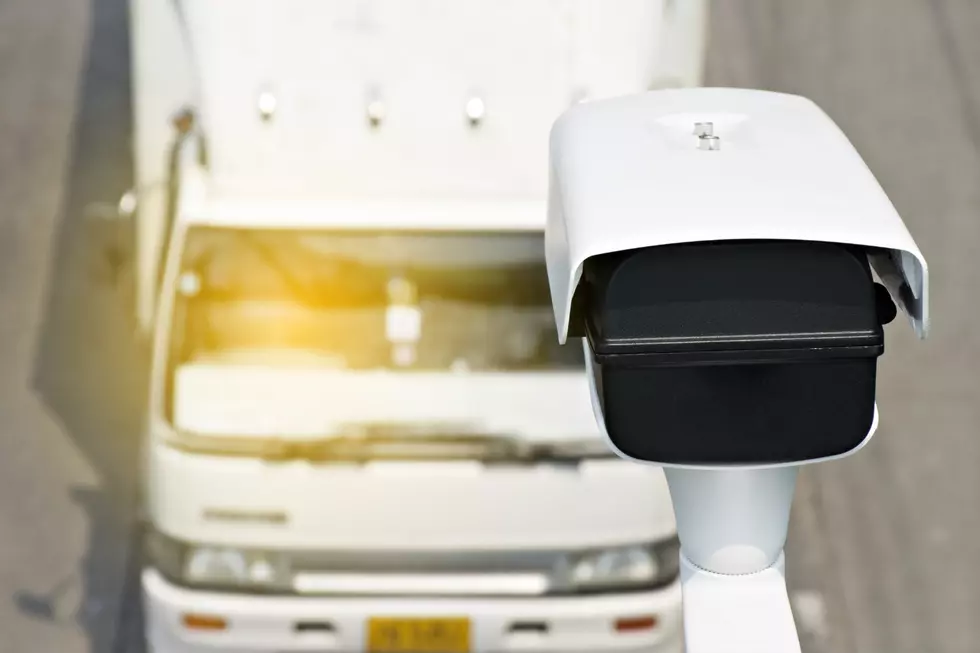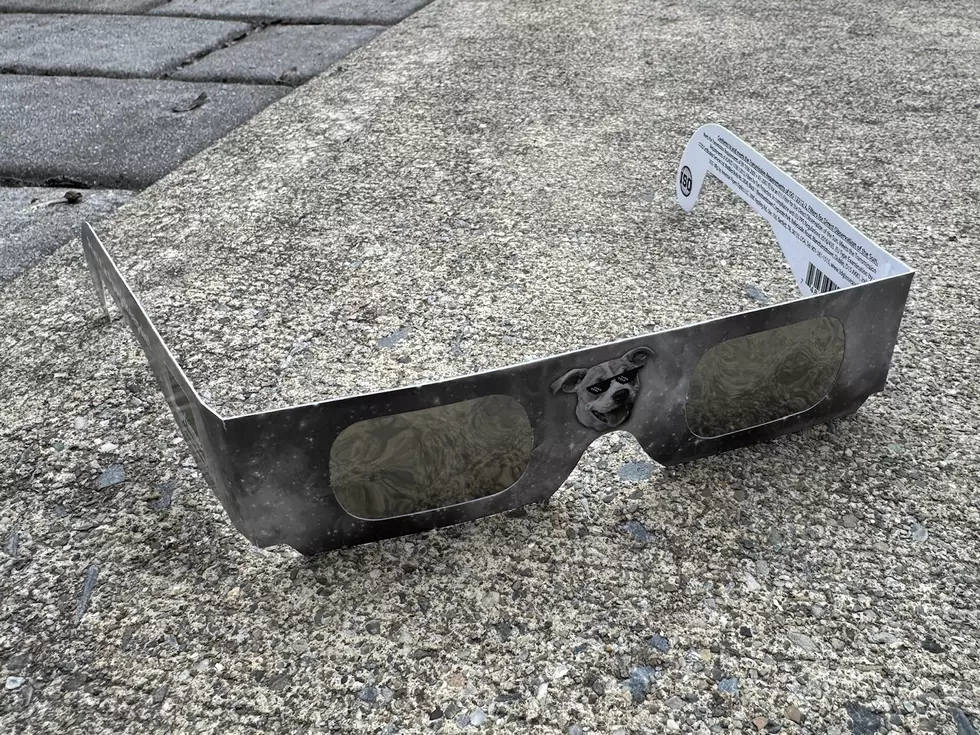
What’s The Difference Between Winter A Storm Watch And Warning?
Whether you like it or not, the snow and cold temperatures are on their way to the northeast, and no matter how hard we try, we haven't figured out yet how to change the national weather patterns. So, since this remains the case, the best thing we can do is ensure we're prepared when winter weather happens.
If you take a look around the internets, you'll find all sorts of tips and pieces of advice on what you can do to make sure you're ready when the snow flies.
Whether it's making sure you have the proper supplies in your car or your house is snow-ready, often the best thing to do is make sure you're paying attention.
One of the critical parts is keeping up with the weather reports and how that will impact what you do or need to do.
I don't know about you, but whenever I find myself watching the weather reports or checking the National Weather Service Website, I get confused when I see Winter Storm Watches and Winter Storm Warnings. Like, which one do you need to worry about it? If you're anything like me, this is the right place to be.
What's The Difference Between a Winter Storm Watch & a Winter Storm Warning?
The National Weather Service has a good breakdown of the different types of winter weather alerts they issue to the public. From Advisories to Warnings, they publish a wealth of information for you to know when to just be away and when you need to take some action.
According to the National Weather Service:
Winter Weather Advisories are issued when snow, blowing snow, ice, sleet, or a combination of these wintry elements is expected. Still, conditions should not be hazardous enough to meet warning criteria. Be prepared for winter driving conditions and possible travel difficulties. Use caution when driving.
Winter Storm Watches are issued when conditions are favorable for a significant winter storm event (heavy sleet, heavy snow, ice storm, heavy snow and blowing snow or a combination of events.)
Winter Storm Warnings are issued for a significant winter weather event including snow, ice, sleet or blowing snow or a combination of these hazards. Travel will become difficult or impossible in some situations. Delay your travel plans until conditions improve.
The quick thing to remember is that an Advisories means you should Be Aware, a Watch means you should Be Prepared, and a Warning means to be ready to Take Action!
10 Worst Years For Snow In Western New York
Gallery Credit: Getty Image, Canva Image
29 Photos Of Western New York's First Snowfall 2023
Gallery Credit: Kadie Daye via Public Facebook Thread
More From WPDH-WPDA









